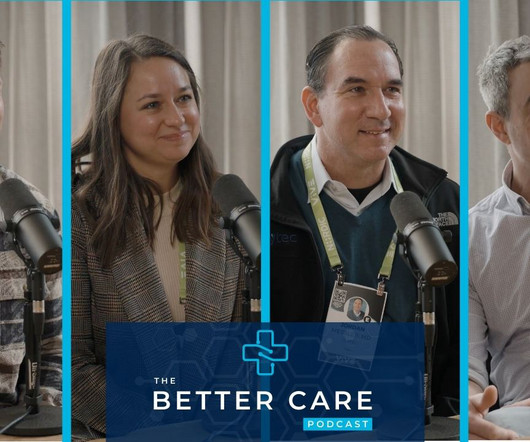Insights from Digital Health Leaders at ViVE 2025
EvidenceCare
MARCH 18, 2025
Dr. Wilcoxs journey into digital health started with a simple observation: patients in the post-anesthesia care unit were experiencing unnecessary delays in discharge, leading to longer hospital stays. For Dr. Aaron Wilcox, its surgical scheduling, a process still heavily reliant on human coordination.


















Let's personalize your content